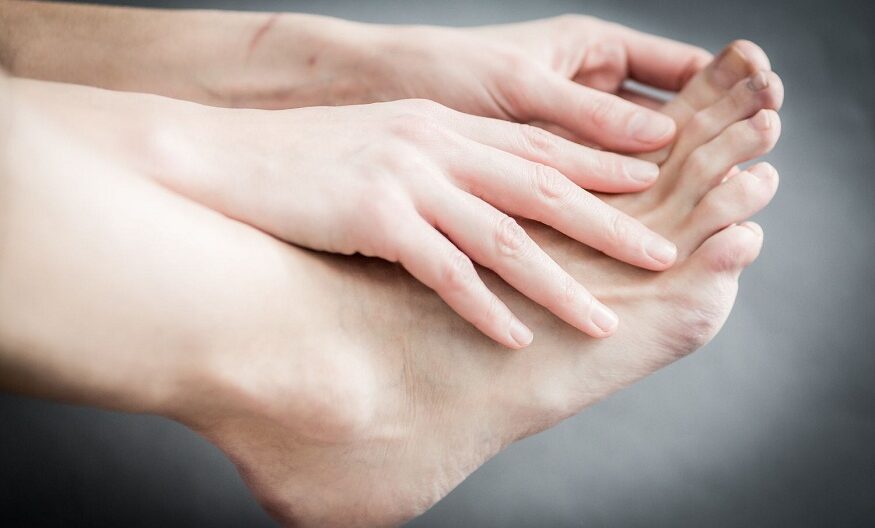
Millions of people have arthritis, which includes rheumatoid arthritis (RA) and osteoarthritis. As a result of the immune system wrongly attacking healthy joints and organ tissue, RA is a chronic autoimmune disease. Symptoms vary and can be very different from person to person. Fatigue is a key symptom and often waxes and wanes.
Causes
Rheumatism is an umbrella phrase for over 200 diseases affecting joints and connective tissue. It is a long-term condition that results when your body’s immune system starts attacking the tissue within your body and causes inflammation, pain and swelling of the joints. The tendons, ligaments, and cartilage can all be harmed by it. People with RA tend to get tired (fatigue) and may also have a low-grade fever. It is common for symptoms to come and go, known as flare-ups. Other symptoms can include inflammation of the pleura, pericardium and eyes and small lumps in the skin called rheumatic nodules. Your doctor can decide if you have RA by a physical examination and blood tests, such as those that check for antibodies to cyclic citrullinated peptides and rheumatoid factor. They can also use imaging tests like X-rays, ultrasound and CT scans to look for erosion of the ends of bones within a joint.
Treatment
Both osteoarthritis and rheumatism are autoimmune diseases that cause inflammation in the joints. The difference is that OA is a degenerative disease caused by years of natural wear and tear. RA, on the other hand, is an inflammatory disorder brought on by the immune system attacking the synovial membranes in the joints, which are healthy. Arthritis treatment Orange Park FL, can slow progression and restore joint function. The goal is to achieve remission and reduce pain and fatigue. A healthy lifestyle should also include regular exercise and a balanced diet. To exercise more, park away from your destination or use the stairs instead of the elevator; just be sure to maintain a healthy balance between activity and rest. Resting when you’re worn out helps reduce inflammation, reduce the frequency and length of flare-ups, and avoid permanent joint damage. Moreover, taking supplements like fish oil can help improve symptoms of RA.
Symptoms
The ends of bones meet in joints where they bend, twist and stretch. The thick cartilage capsule that surrounds each joint serves as protection, cushioning the ends of the bones and facilitating easy movement. There is also fluid inside the joint that lubricates and protects them. Inflammation results from your immune system wrongly attacking healthy tissue in and around your joints when you have rheumatoid arthritis (RA). This inflammation causes pain, swelling and tiredness. RA symptoms usually develop gradually over several weeks or months and can affect many joints simultaneously. Small joints, such as those in the wrists and some of the joints in your hands and feet, are affected most frequently. The same joints on both sides of the body are typically affected by RA. Medications called disease-modifying antirheumatic drugs (DMARDs) can improve your long-term outlook by stopping the inflammation that damages the joints and other tissues. Your GP can prescribe these medications, which include NSAIDs and corticosteroids, and you can take them as tablets or injections.
Diagnosis
Rheumatoid arthritis symptoms typically develop slowly over weeks or months, often accompanied by fatigue, fever and weakness. RA is not restricted to the joints but can affect other organs, such as the eyes, lungs and heart. It occurs more frequently in women and middle age. It can also run in families and is more likely to occur in people who are overweight.
RA causes the immune system to attack its tissue, mistakenly identifying the synovial tissues that line joints and healthy organs as viruses or foreign invaders that must be destroyed. This autoimmune response produces chemicals that attack the joints, causing pain, tenderness and swelling. Doctors take a patient’s medical history and perform physical exams to diagnose RA. A blood test, an X-ray, and a magnetic resonance imaging (MRI) scan of the joints are just a few of the procedures they might request.
